Best Time to Visit Iran
Iran, officially the Islamic Republic of Iran, is a country located in the Middle East.
Iraq borders it to the west, Turkey and Armenia to the north, Azerbaijan to the northwest, Turkmenistan to the northeast, Afghanistan and Pakistan to the east, and the Persian Gulf and the Gulf of Oman to the south. Iran has a population of over 81 million people and covers an area of 1.648 Million square kilometers. Iran is a culturally rich country with a long history that dates back thousands of years.
Experience the Rich Culture of Iran
It has been home to many great civilizations, such as the Achaemenid Empire, Sassanid Empire, Safavid Dynasty and Qajar Dynasty. Iran is also home to one of the world's oldest continuous major civilizations, with historical and urban settlements dating back to 4000 BC. The capital city of Tehran is home to some of Iran's most iconic attractions, such as Golestan Palace, Azadi Tower and Milad Tower. Other popular cities in Iran include Isfahan, Shiraz and Mashhad. These cities are known for their beautiful mosques, palaces and gardens, as well as their vibrant bazaars where visitors can find everything from traditional handicrafts to modern electronics. Iran is also known for its diverse landscapes, which range from snow-capped mountains in the north to lush green valleys in central Iran and vast deserts in the south.
The country also boasts some stunning beaches along its southern coastline on both sides of the Persian Gulf and the Gulf of Oman. When it comes to climate, Iran has four distinct seasons:
- Spring (March-May)
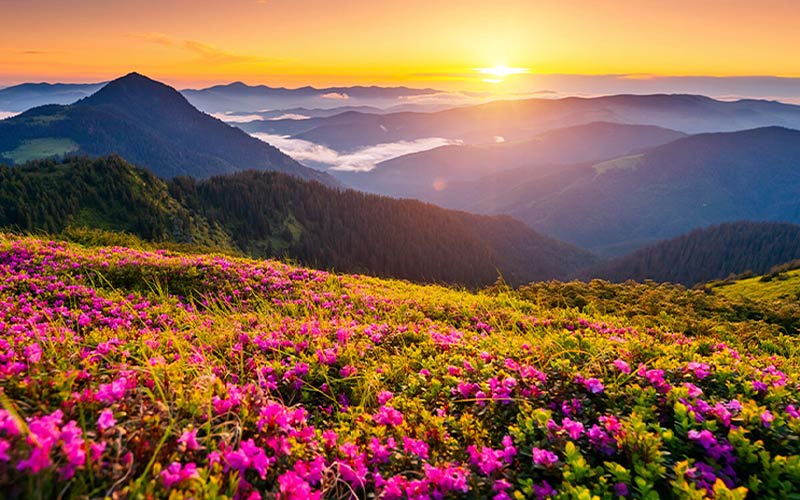
- Summer (June-August)
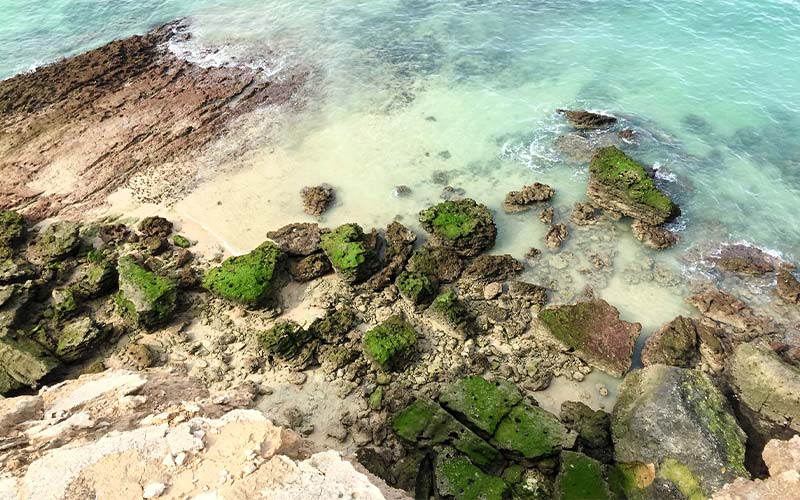
- Autumn (September-November)
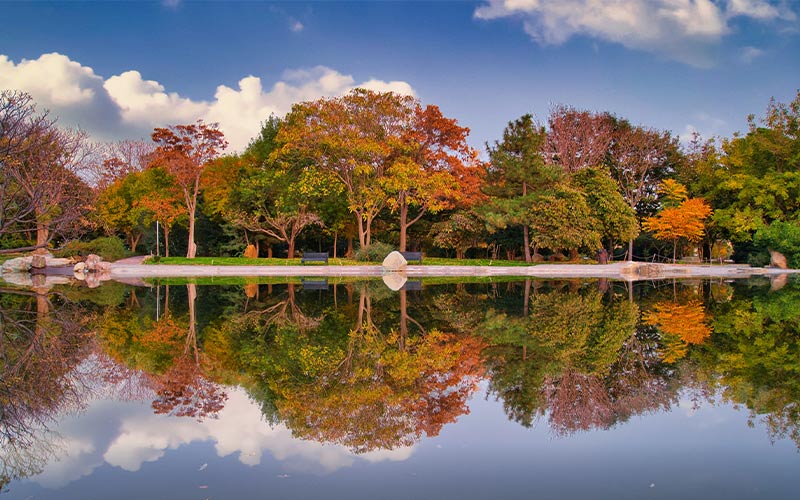
- Winter (December-February)
Spring is generally considered one of the best times for visiting Iran due to its mild temperatures, which range from 10°C - 25°C (50°F - 77°F). Summer temperatures can be pretty hot, with temperatures reaching up to 40°C (104°F) in some parts of Iran, while winter temperatures can drop below 0°C (32°F) in some areas. Overall, there are plenty of reasons why you should visit Iran any time throughout the year, but if you want milder weather, springtime would be your best bet! Whether you're looking for cultural attractions or natural beauty, there's something for everyone in this fascinating country!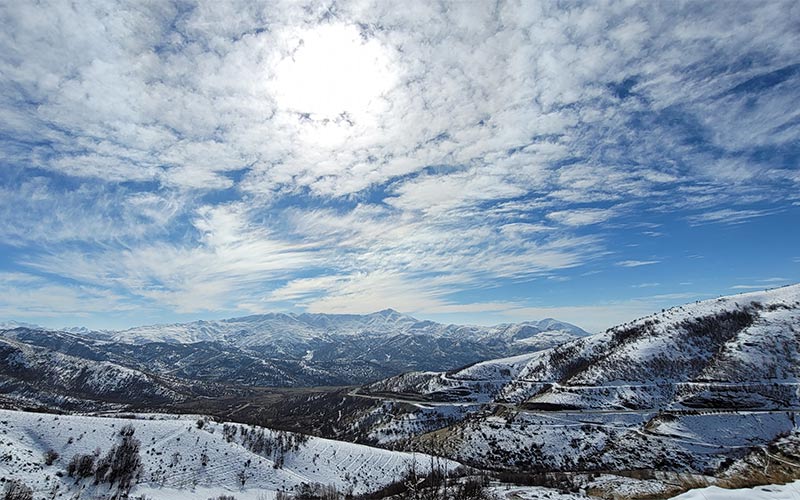
| Suggestion: Iran Essential Travel Tips
Why is Iran a Great Destination?
Iran is an excellent destination for travelers looking to explore the Middle East. With its rich history, stunning landscapes, and vibrant culture, Iran has something to offer everyone. From the bustling cities of Tehran and Shiraz to the ancient ruins of Persepolis and Pasargadae, Iran is a country that will leave you with lasting memories. The best time to visit Iran is during the spring months of March through May. During this time, temperatures are mild and pleasant, making it ideal for sightseeing and outdoor activities. The days are long and sunny, allowing visitors plenty of time to explore all Iran offers. Additionally, many festivals take place during this period, including Nowruz (Persian New Year) in March and Yalda (the longest night of the year) in December. One of the most popular attractions in Iran is its ancient ruins.
The ruins of Persepolis are awe-inspiring; they were once the capital of the Achaemenid Empire and are now a UNESCO World Heritage Site. Other notable sites include:
- Pasargadae (the first capital of Persia)
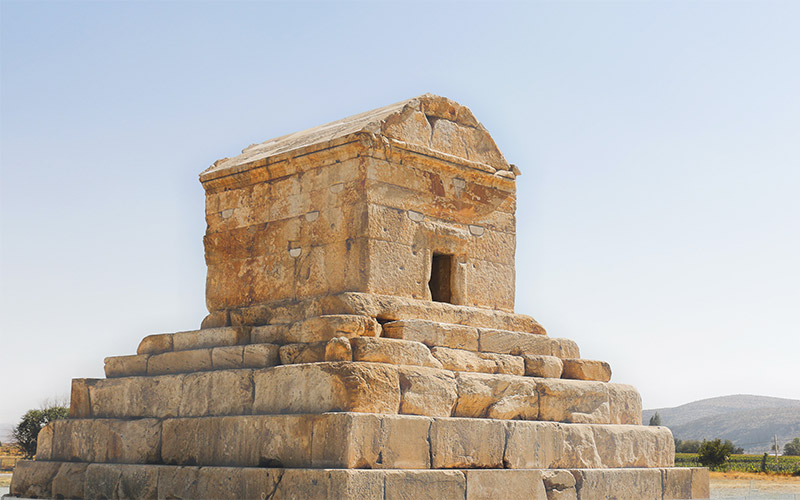
- Naqsh-e Jahan Square (a large public square in Isfahan)
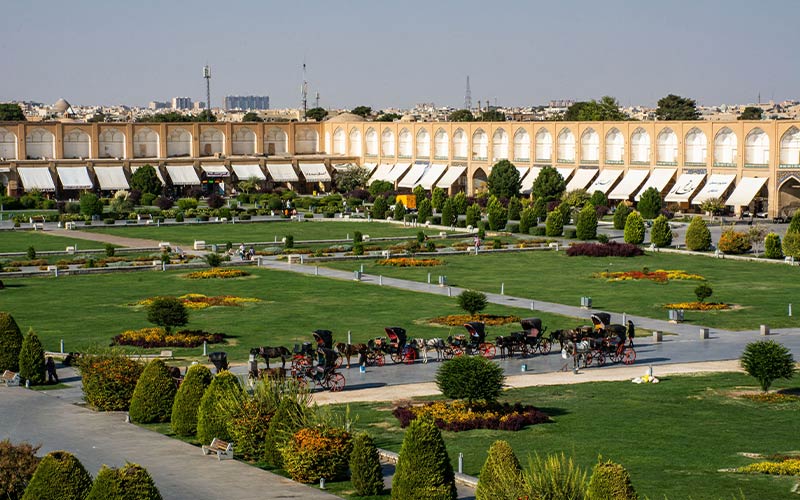
- Bam Citadel (an ancient fortress)
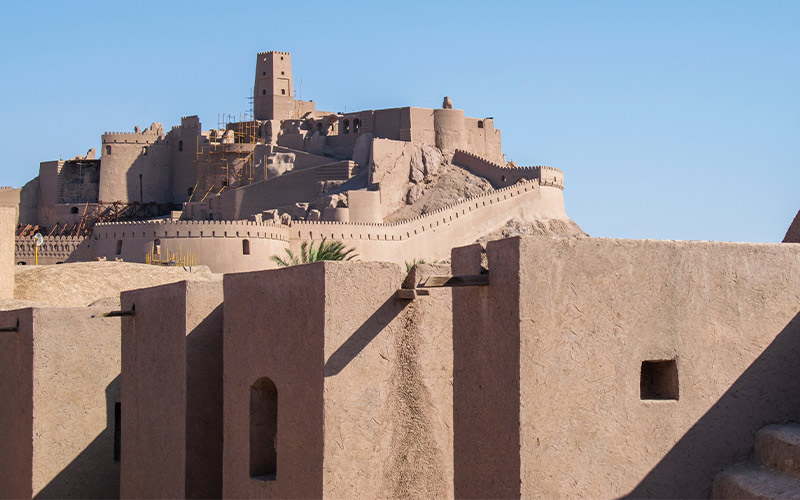
These sites provide insight into Iran's long history and allow visitors to learn more about its past civilizations. Iran is also home to some stunning natural attractions, such as Mount Damavand and the Lut Desert. Mount Damavand is an active volcano located near Tehran; it's one of the highest peaks in Asia at 5671 meters above sea level. Finally, the Lut Desert is one of the hottest places on Earth; temperatures can reach up to 70 degrees Celsius during the summer months!
In addition to its natural beauty, Iran boasts a vibrant culture full of music, art, literature, cuisine, architecture, fashion and more! Iranian cuisine is particularly noteworthy; it's known for its use of fresh herbs such as mint or parsley as well as spices like saffron or turmeric. Iranian art ranges from traditional Persian miniatures to modern abstract works; there are numerous galleries throughout Tehran showcasing both styles. Music also plays a vital role in Iranian culture; traditional instruments like tar or santur can be heard throughout cities like Tehran or Shiraz, while modern pop music can be heard on radios everywhere!
Overall, Iran is an excellent destination for travelers looking for an unforgettable experience filled with history, culture and natural beauty! With its mild climate during spring months combined with its numerous attractions, both artificial and natural alike – there's no better time than now to visit this wonderful country!
Best Time of the Year in Iran
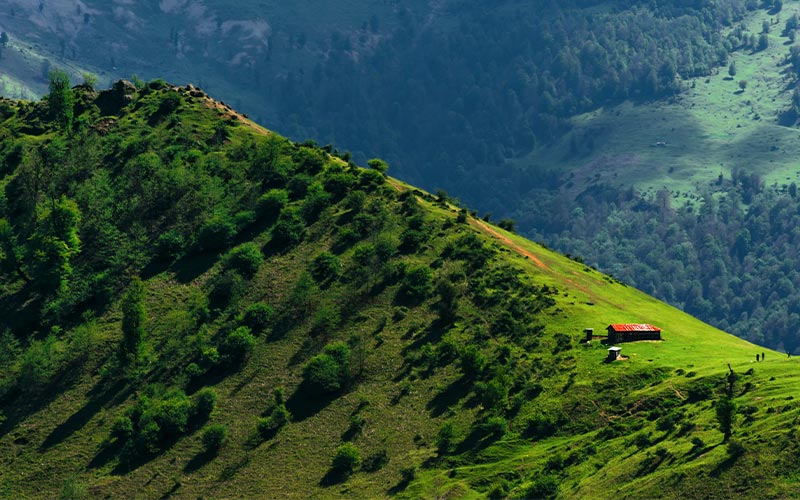
Iran is a country with diverse climates, making it an excellent destination for travelers throughout the year. With its vast deserts, snow-capped mountains, and lush green valleys, Iran offers something for everyone. But when is the best time of year to visit Iran? The answer depends on what kind of experience you're looking for.
Spring and autumn are ideal times to visit if you're looking to explore the country's cultural heritage and ancient monuments. The weather is mild and pleasant during these months, making it perfect for sightseeing. The days are usually sunny and warm, with temperatures ranging from 15°C (59°F) to 25°C (77°F). If you're looking for a beach holiday, then summer is the best time to visit Iran. Temperatures can reach up to 40°C (104°F) in some parts of the country, so make sure you bring plenty of sunscreens!
The Persian Gulf Coast offers some stunning beaches with crystal-clear waters and white sand. You can also find plenty of resorts along the coast that offer a variety of activities, such as swimming, snorkeling, and diving. For those who love winter sports, then winter is the best time to visit Iran. Ski resorts in northern Iran offer some excellent skiing opportunities with plenty of powdery snow. Temperatures can drop below zero in some areas, so make sure you pack warm clothes! You can also find plenty of other winter activities in many parts of the country, such as snowshoeing and ice skating. No matter what time of year you decide to visit Iran, something special will be waiting for you! From its stunning landscapes to its rich culture and history, there's something for everyone in this beautiful country.
So Why Not Plan Your Trip Today?
Holidays and Festivals in Iran
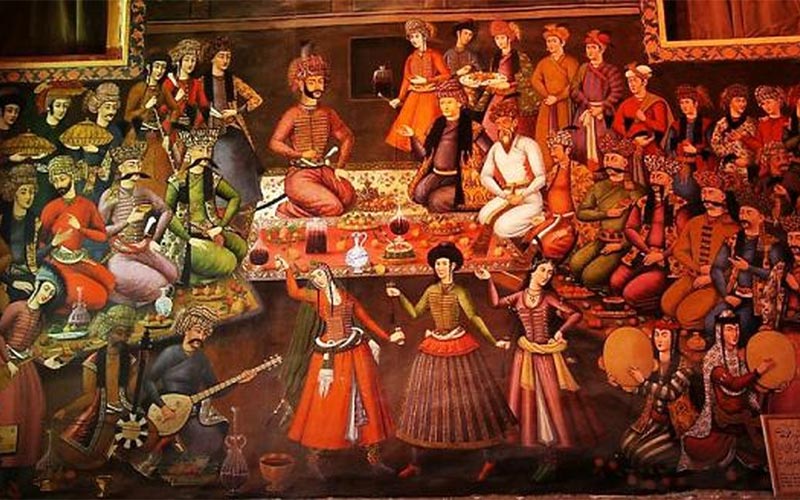
The best time of year to visit Iran is during the holidays and festivals. Iran is a country full of culture and tradition, and the holidays and festivals are a great way to experience it. From Nowruz, the Persian New Year, to Yalda, the longest night of the year, there are plenty of opportunities to explore Iranian culture. Nowruz is celebrated on the first day of spring and marks the beginning of a new year in Iran. It is celebrated with family gatherings, special meals, and traditional rituals such as jumping over bonfires. Nowruz is also an opportunity for Iranians to reflect on their past year and make resolutions for the new one.
Yalda is another important holiday in Iran that celebrates the winter solstice. It is marked by staying up late into the night with family members. At the same time, eat dried fruits (especially pomegranate and watermelon) and nuts and read poetry by famous Persian poets like Hafez under candlelight until sunrise arrives. Yalda also marks an important moment in Iranian history as it was believed that this was when Mithra, an ancient Persian God, defeated darkness and brought light into the world.
The Persian New Year is complete with Chaharshanbe Suri, which takes place on the last Wednesday before Nowruz. This festival involves lighting bonfires in public squares or streets while people jump over them and sing traditional songs about health and prosperity for the coming year. During this festival, people also wear masks or costumes to ward off evil spirits from entering their homes for the coming year. Another important holiday in Iran is Eid al-Fitr, which marks the end of Ramadan, a month-long fasting period for Muslims worldwide. During Eid al-Fitr, people exchange gifts with family members and friends while enjoying special meals.
This holiday also marks a time of forgiveness as people ask each other for forgiveness for any wrongdoings they may have committed throughout Ramadan. Iranians also celebrate Ashura, which commemorates Imam Hussein's martyrdom at Karbala in 680 AD by Shiites worldwide who mourn his death through processions or self-flagellation rituals with chains or whips made from leather strips soaked in water or oil. Ashura has become an essential part of Iranian culture as it serves as a reminder that justice will prevail even if it takes time to do so.
Finally, Iranians celebrate Tirgan, which marks water's victory over the fire during ancient times when Zoroastrians ruled Persia (now known as Iran). This festival involves throwing water at each other while wearing colorful clothes and dancing around bonfires until sunrise when they break their fasts with unique dishes such as Ash Reshteh (a type of noodle soup). Tirgan has become an essential part of Iranian culture as it symbolizes hope for better days ahead despite difficult times that may be encountered along life's journey.
These are just some examples of holidays and festivals celebrated in Iran throughout different times of the year that make it one of the best places to visit during any season! Whether you're looking to experience traditional customs or want to explore a new culture, visiting Iran during its holidays will provide you with plenty of opportunities to do so!
Winter might not be the best time of year to visit Iran. The country experiences cold temperatures and snowfall throughout the winter months, making exploring the country's many attractions difficult. Temperatures can drop as low as -20°C in some parts of the country, and snowfall can be heavy in some areas. This makes it challenging to get around and can make sightseeing uncomfortable. Windy conditions can also make sightseeing uncomfortable, especially for those who are not used to such weather conditions. In addition, winter is when air pollution levels tend to be higher in Iran than at other times of the year due to the increased burning of coal for heating purposes. Visitors may experience difficulty breathing if they spend too much time outdoors during this season.
Therefore, visitors must take precautions when traveling in Iran during the winter months by wearing protective clothing and avoiding areas with high levels of air pollution. Overall, winter is not an ideal time for visiting Iran due to its cold temperatures and snowfall, making sightseeing uncomfortable or even impossible. In addition, air pollution levels tend to be higher during this season, which can cause health problems for visitors who spend too much time outdoors without taking precautions against it. For these reasons, it is best for visitors planning a trip to Iran to avoid visiting during the winter months.
Generally speaking, summer (June-August) and autumn (September-November) are considered shoulder seasons in Iran, offering hot and mild temperatures and fewer crowds than peak seasons. The summer months are ideal for travelers looking for hot temperatures and sunny days.
In June, temperatures start to rise across much of the country, making it a perfect time for sightseeing in cities like Tehran or Shiraz.
July is also an excellent month for exploring Iran's many historical sites as well as its stunning natural landscapes.
By August, temperatures have reached their perfect degree across much of the country, making it an ideal time for beach holidays or outdoor activities such as hiking or camping.
Autumn is another great time to visit Iran if you're looking for mild temperatures and fewer crowds than during peak season.
September is still relatively warm across much of the country, making it an ideal time for sightseeing in cities like Tehran or Shiraz.
October brings cooler temperatures but still offers plenty of sunshine throughout most parts of Iran – perfect for outdoor activities such as hiking or camping.
November sees temperatures drop significantly across much of the country, but it can still be an excellent month for sightseeing if you don't mind bundling up!
Overall, shoulder seasons offer travelers a unique opportunity to experience Iran without the crowds and high prices associated with peak season travel times. Whether you're looking for mild temperatures and sunny days or cooler weather perfect for outdoor activities, there's something special about visiting during the shoulder season that can make your trip even more memorable!
Shoulder seasons, or the periods between peak and off-peak travel times, are often the best time to visit Iran. During these times, travelers can enjoy various holidays and festivals that make the country even more vibrant and exciting. From ancient Persian traditions to modern-day celebrations, there's something for everyone during the shoulder season in Iran.
The Iranian New Year (Sizdah Bedar) is another essential holiday celebrated during the shoulder season in Iran. This holiday marks the end of the Nowruz festivities and is celebrated on the 13th day of Farvardin (the first month of spring). People gather outdoors to picnic with friends and family on this day while enjoying traditional music and games such as backgammon or chess. Throwing coins into rivers or lakes is also customary to symbolize good luck for the coming year.
The Festival of Fire (Chaharshanbe Suri) takes place on the last Wednesday before Nowruz each year. This festival celebrates fire as a symbol of light over darkness, with bonfires lit throughout cities across Iran. People jump over these fires while singing traditional songs about health, happiness, prosperity, and good luck for the coming year. The festival also includes fireworks displays that light up night skies across Iran during shoulder season. The Persian New Year (Tirgan) is another important holiday celebrated during the shoulder season in Iran that marks the start of summertime activities such as swimming or fishing trips with friends or family members. On this day, people exchange gifts such as sweets or flowers while wishing each other health and prosperity for the coming year. Traditional foods such as fish dishes are also enjoyed during Tirgan celebrations throughout Iran's cities and villages alike.
Shoulder seasons are an ideal time to visit Iran due to its variety of holidays and festivals that make it even more vibrant than usual during this period between peak travel times throughout the country.
What to See and Do in Iran?
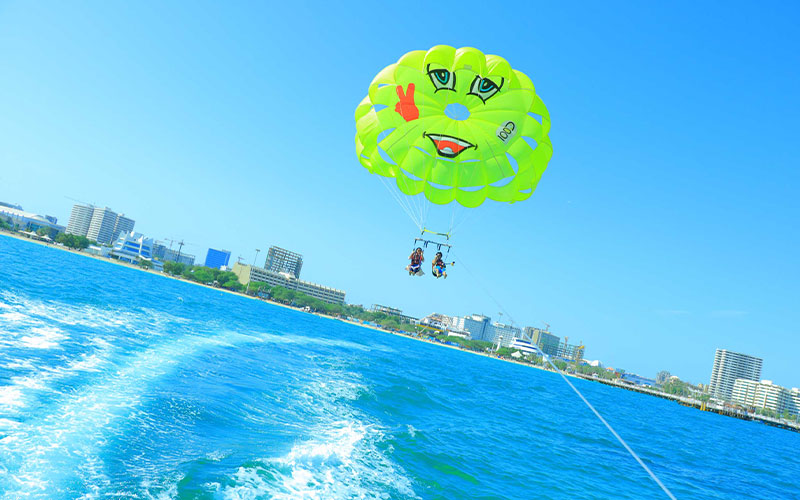
Cultural Sites and MonumentsIran is a country of immense cultural and historical significance, with a rich and varied history that stretches back thousands of years. From the ancient ruins of Persepolis to the modern architecture of Tehran, Iran has something for everyone. Whether you're looking for a relaxing holiday or an adventure-filled journey, Iran is sure to have something to offer. One of the most popular attractions in Iran is the ancient city of Persepolis. Located in the province of Fars, this ancient city was once the capital of the Achaemenid Empire and is now a UNESCO World Heritage Site. Visitors can explore the ruins, learn about its fascinating history, and take in some stunning views from atop its terraces.
Another must-see destination in Iran is Isfahan. This beautiful city is home to some of the most spectacular Islamic architecture in the world, including two magnificent mosques – Sheikh Lotfollah Mosque and Imam Mosque – as well as several palaces and bridges. Isfahan also boasts some incredible bazaars where visitors can shop for traditional Iranian handicrafts and souvenirs.
The capital city of Tehran is also worth visiting during your trip to Iran. Here you can explore its many museums, galleries, parks and monuments, including Golestan Palace, Azadi Tower and Milad Tower – one of the tallest towers in Asia! Tehran also has some great shopping opportunities with its bustling bazaars selling everything from carpets to spices. For those looking for an outdoor adventure, there are plenty of options available in Iran too! The Alborz Mountains offer some excellent hiking trails with breathtaking views over Tehran and beyond. For those who prefer a more relaxed holiday experience, there are plenty of beaches along Iran's Persian Gulf coast where you can soak up some sun or participate in water sports activities such as snorkeling or scuba diving. No matter what type of holiday experience you're looking for, Iran has something to offer everyone! From its fascinating cultural sites to its stunning natural landscapes, there's no better time than now to visit this wonderful country!
Natural Wonders and Outdoor Activities

Iran is a country full of natural wonders and outdoor activities, making it an ideal destination for travelers looking to explore the great outdoors. From the stunning mountain ranges of the Alborz and Zagros to the lush forests of the Caspian Sea, Iran has something for everyone. Iran offers plenty, whether you're looking for a relaxing beach holiday or an adventurous trekking expedition. The Alborz mountain range is one of the most popular destinations for outdoor enthusiasts in Iran. This range stretches from northern Iran all the way to Afghanistan and offers some of the best hiking and mountaineering opportunities in the world. The highest peak in this range is Mount Damavand, which stands at 5,610 meters (18,410 feet). This peak is also considered one of the most sacred mountains in Iran and is home to many ancient shrines and temples.
The Zagros Mountains are another popular destination for outdoor activities in Iran. These mountains stretch from western Iran to Iraq and offer some of the best trekking opportunities in Asia. Mount Dena is the highest peak in this range in Iran, which stands at 4,409 meters (14,465 feet). This peak is worth exploring if you have time during your trip. The Caspian Sea is another excellent destination for outdoor activities in Iran. This sea stretches from northern Iran all the way to Russia and offers some of the best fishing opportunities in all of Asia. The waters here are rich with fish such as salmon, sturgeon, trout, carp, and more. Plenty of boat tours available will take you out on a fishing adventure or just let you relax on a peaceful cruise around this beautiful sea. If you're looking for something a bit more adventurous, why not try some rock climbing or paragliding? Rock climbing can be done on many different cliffs throughout Iran, while paragliding can be done over some stunning landscapes throughout Iran. Both activities offer breathtaking views that will stay with you long after your trip has ended!
No matter what type of outdoor activity you're looking for during your trip to Iran, there's sure to be something that suits your needs perfectly! From mountain climbing and trekking through stunning landscapes to fishing on tranquil waters or even paragliding over majestic lakes – there's something for everyone when it comes to exploring nature in this beautiful country! So why not plan your next vacation today and experience all that nature offers in Iran? C. Shopping and Dining ExperiencesShopping and dining experiences in Iran are also some of the best in the world. Whether you're looking for traditional handicrafts or modern luxury items, Iran has it all. Here are some of the best shopping and dining experiences you can enjoy while visiting Iran. When it comes to shopping in Iran, there are plenty of options available.
The Grand Bazaar in Tehran is one of the most popular places to shop for traditional handicrafts and souvenirs. Here you can find everything from carpets and jewelry to spices and antiques. There are also many modern shopping malls located throughout the city where you can find designer clothing, electronics, and other luxury items. If you're looking for a unique dining experience while visiting Iran, then look no further than traditional Iranian restaurants. These restaurants serve delicious dishes such as kebabs, stews, rice dishes, and more. Many restaurants also offer outdoor seating to enjoy your meal while taking in the sights and sounds of Tehran.
For those who want a more upscale dining experience in Iran, there are plenty of high-end restaurants located throughout the city. These restaurants offer a variety of international cuisines such as French, Italian, Japanese, Chinese, Indian, Mexican and more. Many restaurants also feature live music or entertainment during dinner hours so that you can enjoy your meal with some added entertainment! No matter what type of shopping or dining experience you're looking for while visiting Iran, there is something for everyone to enjoy! Iran has everything from traditional handicrafts to modern luxury items and from delicious kebabs to high-end international cuisine! So if you're planning a trip to this beautiful country anytime soon – make sure to check out all that it offers regarding shopping and dining experiences! Finally!
Iran is a country with a rich history and culture, and it is an ideal destination for travelers looking to explore the Middle East. With its ancient cities, stunning landscapes, and vibrant culture, Iran has something to offer everyone. But when is the best time to visit Iran? The best time to visit Iran depends on what you're looking for in your trip. If you're looking for warm weather and plenty of sunshine, the summer months of June through August are your best bet. During this time, temperatures can reach up to 40°C (104°F) in some parts of the country, so be sure to bring plenty of sunscreens! The summer months are also great for sightseeing, as many of Iran's historic sites are open during this period. If you're looking for cooler temperatures and fewer crowds, the spring months of March through May are ideal. Temperatures during this period range from 10-20°C (50-68°F), making it much more comfortable for sightseeing. Many festivals take place during this time, such as Nowruz (the Persian New Year) and Yalda Night (the year's longest night).
Finally, if you're looking for a winter getaway, then December through February is a great option. Temperatures during this period range from 0-10°C (32-50°F), making it perfect for skiing in some parts of the country. Additionally, many cultural events occur during this time, such as the Christmas celebrations in Tehran and Shiraz. No matter what season you choose to visit Iran, there will be plenty of activities and sights to explore! So if you're planning a trip to Iran soon, make sure you prepare to make the most out of your stay!
Share your story!
Comment below and let us know about your Experience.
Your story inspires others!


Comment
Leave a Comment